Original VS Remake: ‘Miracle on 34th Street’
This may come as a shock to you but it’s the Christmas Season! I know, it’s like no-one mentioned it until now. Enough sarcasm, time for a Christmas themed Original VS Remake!
Previously…
You are viewing: Which Miracle On 34th Street Is Better
Dawn of the Dead
Ocean’s 11
Wings of Desire/City of Angels
Total Recall
Westworld
I’ve seen most of the Christmas classics a number of times, but I have never seen either version of Miracle on 34th Street. So let’s jump in!
The Original
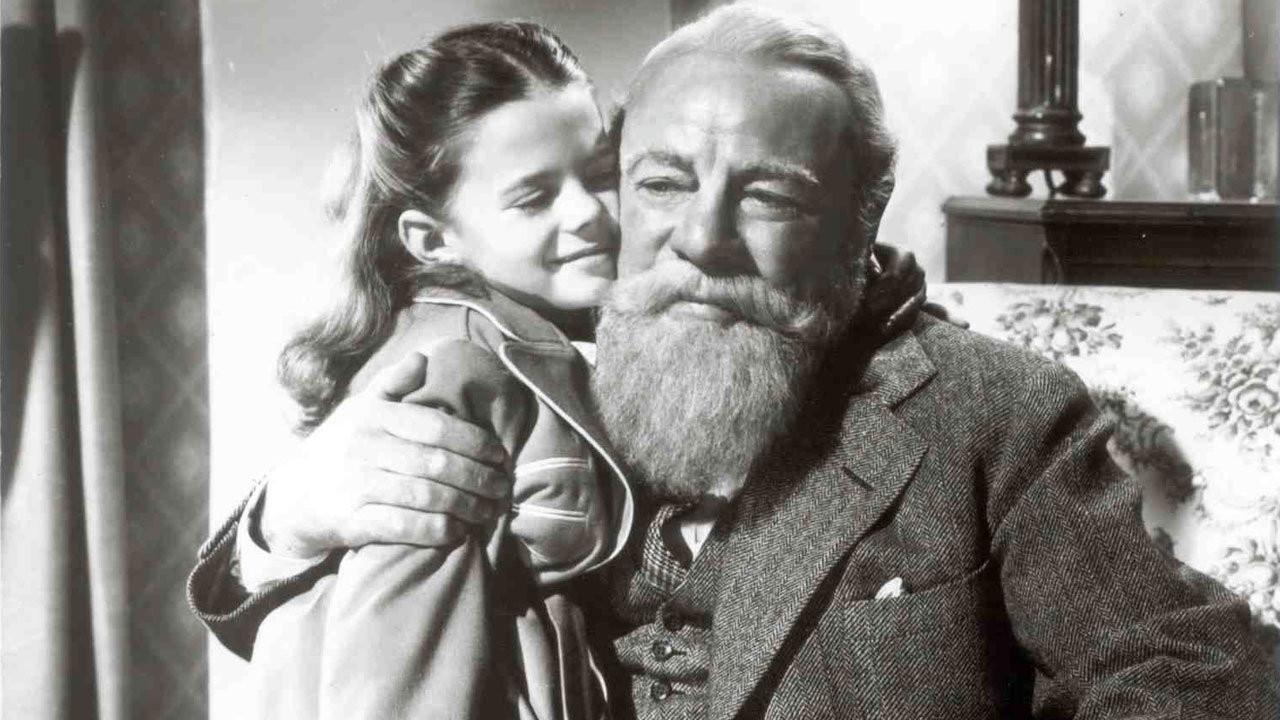
This 1947 classic by George Seaton is a strange mash-up of the Christmas Miracle sub-genre and a courtroom drama. Doris Walker (Maureen O’Hara) works for department story Macy’s and is in charge of the annual Thanksgiving Day parade (which I believe is quite a big deal in New York). She is approached by an elderly, bearded gent who informs her that their actor playing Santa is drunk, and the Santa is promptly fired. Without their star attraction and at the 11th hour, Doris implores the old man to take his place. He agrees and proves a massive hit with the public. The man, identifying himself as Kris Kringle (Edmund Gwenn) is offered the job of playing Santa at Macy’s 34th Street store. What makes the situation unusual is that Kringle claims that he actually is the real Santa Claus.
Doris’ young daughter, Susan (Natalie Wood in an early role) has been raised to accept only facts and dismiss fantasy. Their kindly neighbour Fred Gailey (John Payne) takes Susan to see Santa at Macy’s and while she retains her skepticism in the face of Kringle’s declarations that he’s the real deal. When Susan sees Kringle speaking Dutch to an orphaned girl who hasn’t been able to speak with anyone she begins to question her own belief in Santa. Kringle, meanwhile, has been ignoring instructions to push Macy’s products and advising shoppers where they can get better deals and stock at other stores.
Kringle’s insistence that he’s Santa leads Doris to fire him due to concerns about liability. By this time Kringle has generated so much good publicity for the store that R.H. Macy himself steps in and gives Doris and head of the toy department Julian (Philip Tonge) a bonus due to Kringle’s popularity and the new found customer loyalty Kringle’s practise of sending customers to other stores has generated. This concept becomes store policy and gives Macy’s a huge boost in sales and public image. In order to find middle ground with Doris, she agrees to reinstate Kringle if he visit with Granville Sawyer (Porter Hall) to be psychologically evaluated.
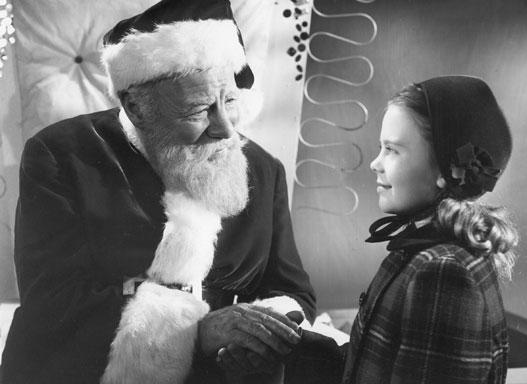
Fred and Kringle make a deal, that Kringle would work on Susan’s cynicism and Fred would try to alleviate Doris’. Susan shows Kringle what she really wants: a house for her family to live in. At work Kringle discovers that Sawyer has convinced Kringle’s young friend that he’s mentally ill rather than gentle and kind. Angered by this, Kringle ends up hitting Sawyer on the head with his walking stick.
Read more : Which Superhero Are You Dc
This leads to the court case that dominates the second part of the film. Kringle is defending against claims that he his delusional and dangerous, and Kringle’s habit of claiming he’s the real Santa isn’t helping. Fred leaves his prestigious law firm to defend Kringle, setting up the argument that it’s not a delusion because he is Santa. The Judge is under public scrutiny in an already public case due to an upcoming re-election.
The case goes back and forth with a number of crafty moves from both sides, including bringing the prosecutor’s own son on to the stand to attest that his father had told him Santa was real. Eventually a mail sorter at the post office finds a letter written by Susan to Kringle, with the address being the courthouse. He realises that now there’s a clear recipient the post office can get rid of the stockpile of letters written to Santa. This action results in Kris Kringle being legally recognised as a Santa, and the court being forced to accept this as his identity.
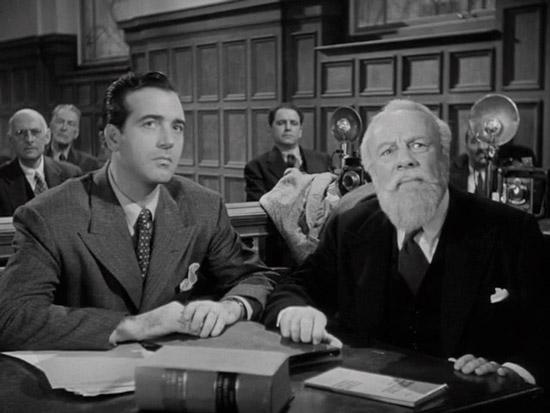
Finally, Susan wakes on Christmas Day disappointed that Kringle didn’t deliver on the house she wanted. Kringle has, however, given Doris and Fred a route with less traffic to get home and this takes them past Susan’s dream house, which is for sale. They decide to get married and buy the house. Was Kringle the real Santa Claus? Whatever you want to believe.
This is the first time I’ve seen this holiday classic, and I thoroughly enjoyed it. Although it’s about 70 years old it hasn’t aged much aside from the technological limitations such as black and white. The characters are interesting, it’s not nearly as trite as I anticipated and the concept is well executed in spite of it being somewhat complicated and packed with characters. Edmund Gwenn as Santa ties all the different character arcs together, and it one of the most convincing versions of Santa we’ve seen on the screen. It’s a genuine feel good Christmas movie with values that hold true today.
All that said…it’s really weird seeing Santa clock a dude on the forehead with his walking stick. It almost comes out of nowhere and looked like a serious attack. This scene was out of place with the tone of the film and what weren’t learned about the character and could’ve been replaced with something else.
Then they remade it. Several times. But we’re skipping all the straight-to-TV remakes and going to the cinema released one.
What the Remake Kept the Same

On paper the movies look more or less identical. There’s a guy who seems to be the real Santa (Richard Attenborough), and he takes the spot of a drunken Santa actor in a department store sponsored Thanksgiving parade. The manager of the parade, this time played Elizabeth Perkins, in a realist and has instilled these values in her daughter (Mara Wilson). The neighbour/love interest (Dylan McDermott) is still optimistic and more willing to enter into the Christmas spirit.
Kris Kringle proves popular with the public, in part because he recommends other stores with better stock and prices. He manages spark some belief in Susan by showing how well he can communicate with children of backgrounds languages. In spite of all the goodwill being generated by Kringle, an act of violence lands him in court being forced to defend his claim that he’s Santa.
The neighbour, once again, steps in to defend Kringle and with the help of Susan he manages to instil a sense of belief in the Judge, that closes out the case. Our two leads wind up together and buy Susan’s dream house.
What the Remake Changed
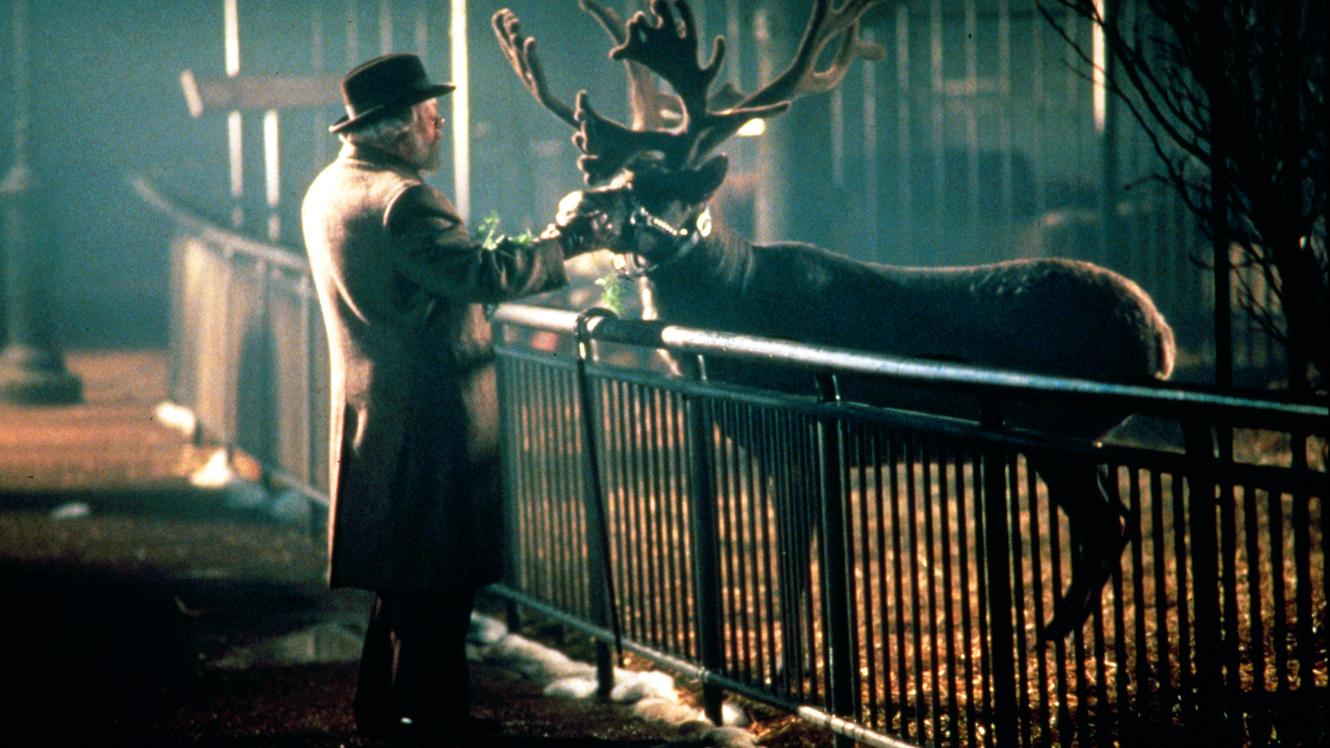
Now it may sound like director Les Mayfield has stuck to the original close enough that he couldn’t go wrong, and there’s little faulting the casting of Attenborough as Kringle. There is, however, a number of just plain stupid changes to the story that leaves a bad taste in the mouth. Firstly, there’s some harmless changes like the character’s names. Doris becomes Dorey (because that’s a name?), Fred becomes Bryan, Julian becomes Donald and so forth.
The most noticeable change in name comes with the store. Macy’s did not approve the use of their brand in the film, stating that the original is a classic and does not need a remake. The name of the store was change to ‘Coles’, which is weird for use Australians because Coles is a major line of stores down here. They kept the Thanksgiving Day Parade aspect of the plot, although this is a Macy’s tradition, and included a subplot about the store being in financial trouble based on Macy’s real life problems at the time.
Read more : Which Is Better Titanium Or Tungsten
Unlike the original the 1994 version leans more heavily into the idea of Kringle being real. He is seen conversing with reindeer, talks about interactions with the Easter Bunny and the Tooth Fairy and at the end of the movie it’s stated that he’d ‘gone overseas’ following Christmas Day. I was expecting a shot of him flying away on a sleigh at the end.
Mayfield has gone with a ‘bigger is better’ approach to film-making. When the drunk Santa is challenged at the beginning they through in some belching, farting and ass-crack to hammer home the point, following with him drunkenly falling backwards off the parade float with the sleigh flipping onto him. Dorey and Brian don’t just share banter, they share an awkward romantic montage featuring every New York Christmas cliche they had time to jam into the sequence. The sequence of Kringle suiting up in his super-fancy Santa suit complete with shiny gold buttons is pretty silly as well.
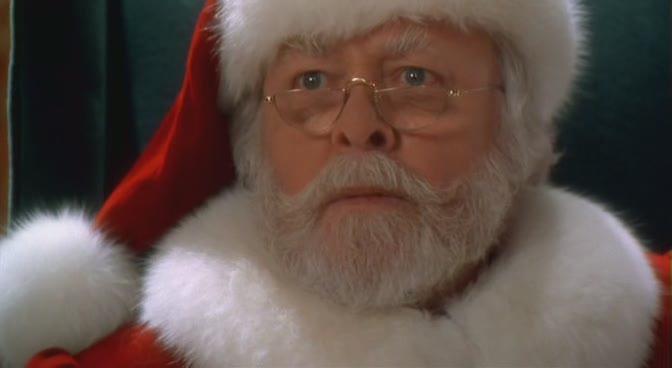
Instead of Macy’s and rival store Gimbel’s having a reconciliation thanks to Kringle, we get an unresolved rivalry between Coles and ‘Shopper’s Express’. Shopper’s Express wants to buy out Coles and put them out of business and all dress like they’re the rich frat boys in an 80s college comedy. They’re under-handed tactics include seeking out the drunk Santa and recruiting him to provoke Kris Kringle into an attack. How does he do this? Well, buckle in…
He accuses him of being a pedophile.
Yes, this family movie remake of a Christmas classic features a scene where Santa is accused of molesting children. NO. BAD MOVIE. Stop trying to be ‘edgy’ and ‘modern’ because YOU JUST HAD A SCENE WHERE SANTA IS ACCUSED OF BEING A PEDOPHILE.
Anyway, the movie gets into the court room scene without much fuss does OK. They bring in a reindeer and Kringle explains he can only make them fly on Christmas Eve. Eventually, when it looks like they’re going to lose, Brian sends the Judge a dollar bill with ‘In God We Trust’ circled inside a Christmas card delivered by Susan. From this the Judge determines that if we can believe in God that logically we must also believe in Santa and Kris Kringle must legally be Santa.
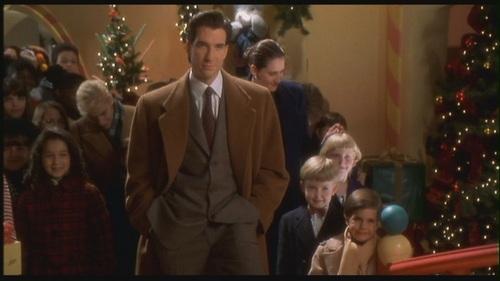
You may recognise this as bullshit.
The movie drags out for a long time after the court case, with Kringle tricking Brian and Dorey into meeting at a church in the middle of the night where they are tricked in getting married. How…romantic? The only motivation we have for Kringle doing this is Dorey turning down Brian’s proposal and Susan asking him to produce her a father, house and brother for Christmas to prove he’s real. Because faith comes from proof. No, wait…that’s the opposite. They also go and buy a house and then Susan creepily suggests that Dorey is pregnant with the baby brother. Did…Kringle make that happen? Wait, what?
Which Version Should You Watch?
The new(ish) 1994 version was well received when it was released and is considered a favourite by some who grew up with it. I can’t recommend it though. It doesn’t carry the sense of magic, wonder and timeliness that the original holds. The remake tried to hard to modernise the story to fit the 90s, something that ironically made the film feel dated all the quicker. The characters are somewhat stilted and less well realised, and as much as we love Mara Wilson she’s just to damned precocious to be bearable.
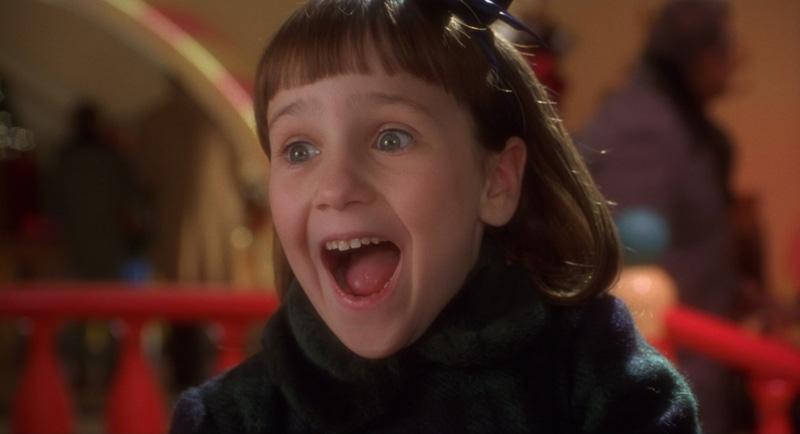
And, oh yeah, they called Santa a PEDOPHILE in a family film.
Go with the original. The 70 year old film holds up better than the 20 year old version.
Vote for your favourite version below!
Source: https://t-tees.com
Category: WHICH
